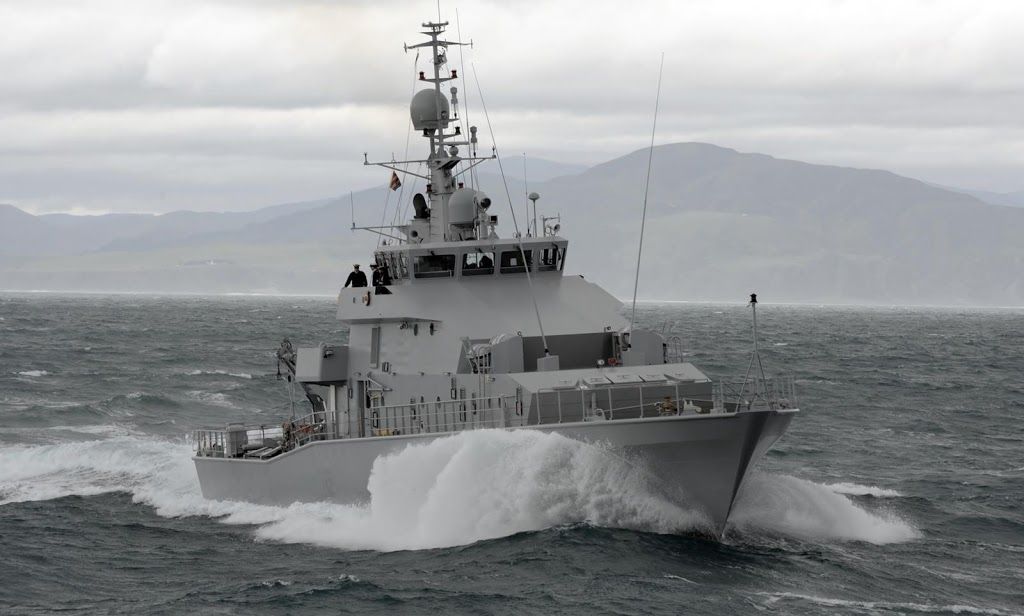CetraC for the Naval Industry

Trends in the naval industry
Evolutions in the shipbuilding industry put a lot of stress on modern ships infrastructure. Three main trends – Smart Ships, Smart Fleets and Smart Global Logistics – will require implementation of more and more evolved networking functions and protocols.
- Smart Ships : increased efficiency standards, reduced emissions, cybersecurity
- Smart Fleets : large sets of ships managed like a transport factory
- Smart Global Logistics : integrate the whole door to door process
Networking requirement cover the following topics :
- Satellite communications & global positioning
- Local information management & data storage
- Automation of various tasks (maintenance, navigation, operations)
CetraC handles the main EE protocols and interfaces, enabling real-time encryption, translation and aggregation
CetraC uses a highly modular architecture, with a large library of modules. It supports a large set of protocols, like AFDX, Ethernet, TSN, PTP, CAN bus, MIL-Bus-1553, ARINC429, PCI, PCI Express, Fibre Channel, discrete, RL-DRAM, DDR4, ARM Buses…
Cetrac is based on a modular architecture : a new interface/protocol can be added in a very short time, and does not require several years of development of hardware and software.
CetraC provides a very flexible and scalable network architecture, and hence saves money : there is no need for new wiring, new boxes, etc.
Last but not least, CetraC enables smooth retrofit by handling legacy and next protocol evolutions.
CetraC is faster than existing embedded communications
CetraC provides the best of breed networking capabilities, that fits the high-speed and highly secured requirements of the naval industry.
CetraC supports 10Gbs rates on optical fiber on mid range FPGA technology – let enough room to go further. It provides low latency capabilities : 2µs for 64 bytes.
CetraC is a fully hardware solution. That means it uses dedicated resources on the data path, so there is no bottleneck due to software.
CetraC implements hardware encryption and hardware data aggregation to save bandwidth.
CetraC can transmit and process data faster for more high demanding applications, like those required by Video, Radar, Lidar, Monitoring, Cyber. It can support 4TBytes per day (for example, like in autonomous vehicles).
CetraC improves result accuracy by increasing process frequencies
CetraC is cybersecure by design as its behavior cannot be modified from remote
CetraC is immune to virus or malicious software. Devices developed on top of CetraC technology cannot be remotely altered.
With Cetrac, there is no software handling data streams, and memory buffers and hardware resources are segregated and dedicated to each data streams.
CetraC hardware encryption is based on AES-256, but can be adapted to custom algorithm to encrypt on the fly your data. CetraC node configuration is protected as well with AES-256, IPSec technics.
Using CetraC, you avoid the loss of revenue by protecting data on your network from being modified or stolen. Overall, CetraC adds a new protection mechanism in your cybersecurity strategy.
